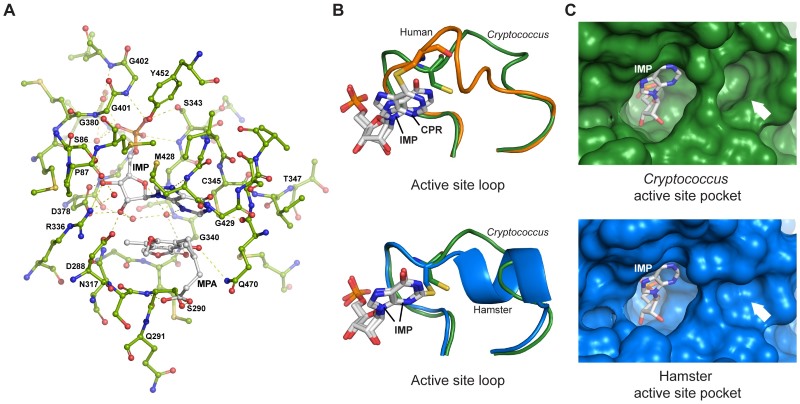Purine Metabolism
Steadily increasing antifungal drug resistance, high cost and toxicity of existing treatments, and persistently high rates of fungal-associated mortality highlight the dire need for the development of novel effective antifungals. Interest has generated in the purine metabolic pathway, which is a conserved series of processes responsible for providing the cell with adenosine triphosphate (ATP) and guanosine triphosphate (GTP), for antifungal target exploration. To facilitate antifungal therapeutic agent development, Creative Biolabs offers a comprehensive battery of contract research services for drug development targeting this pathway.
Introduction of Purine Metabolic Pathway
The purine metabolic pathway is responsible for providing the cell with a ready supply of ATP and GTP as both an energy source and for critical cellular processes including replication, transcription, translation, and signal transduction. Growing evidence supports this pathway as a potential source of effective antifungal targets. Firstly, disruption of the de novo ATP and GTP genes in fungi species (Candida albicans and Aspergillus fumigatus) results in complete avirulence in animal models. Secondly, studies have also reported mutations that affect this pathway lead to the loss of virulence, growth defects, and impaired virulence factor expression in Cryptococcus. Purine metabolism is of particular importance in C. neoformans because of the disparity between the pathogen’s natural niche and the human body. The potential of critical enzymes in this biosynthetic pathway as novel antifungal targets have been investigated, including the inosine monophosphate dehydrogenase (IMPDH, EC 1.1.1.205) and adenylosuccinate synthetase (AdSS, EC 6.3.4.4.).
 Fig.1. Structure of C. neoformans IMPDH.1
Fig.1. Structure of C. neoformans IMPDH.1
IMPDH as An Antifungal Target
IMPDH is one of the key enzymes supplying guanine nucleotides to the cells. It is the rate-limiting catalyst and the first committed step of de novo GTP biosynthesis. Significant structural and functional differences exist between microbial and human IMPDHs, suggesting the species-specific inhibitors of IMPDHs hold great potential as novel fungal targets.
AdSS as An Antifungal Target
AdSS catalyzes the first committed step in the biosynthesis of ATP, the formation of adenylosuccinate (s-AMP) from inosine monophosphate (IMP) and aspartate. It is an essential enzyme for most organisms and cell types studied thus far, with the exception of mature human erythrocytes and certain obligate parasites. Structural and kinetic studies enable comparison of the fungal enzyme with the human orthologue and reveal species-specific differences between the AdSSs, laying the foundation of rational drug design and drug screening targeting AdSS.
Features of Our Services
As a well-trusted drug discovery and development company, Creative Biolabs offers fully-integrated contract research services for antifungal drug development targeting the purine metabolic pathway. Our services cover target identification and validation, hit identification, hit to lead, lead optimization, and IND-enabling services. Moreover, our services are characterized by:
- Years of drug discovery experience and expertise
- Customized services to meet the specific needs of your drug discovery program
- Expert scientists and staff with keen project and program management skills
- Individualized technical support and best after-sale services
For more information about any of these services, please do not hesitate to contact us.
Reference
- Morrow, C. A.; et al. De novo GTP biosynthesis is critical for virulence of the fungal pathogen Cryptococcus neoformans. PLoS Pathogens. 2012, 8(10): e1002957. Distributed under Open Access license CC BY 4.0, without modification.
For Research Use Only.
